Sharing my library one book at a timeThe Library of Paranormal Experience: https://www.tumblr.com/archivist-crow
Don't wanna be here? Send us removal request.
Text




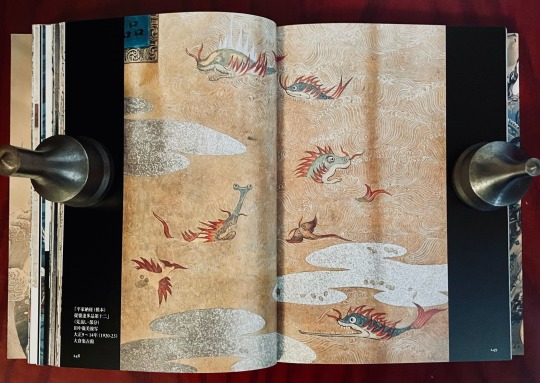

Book 619
Mythical Beasts of Japan: From Evil Creatures to Sacred Beings
Kano Hiroyuki, et al.
PIE Books 2009
So, here’s another great, beautifully designed book from PIE (which, by the way, stands for—no joke—Pretty, Impressive, Entertaining). And while there is an introductory essay and a key to the images (only some of which is translated into English), if you’re looking for an informative in-depth background into the the mythical creatures of Japan, this is definitely not the book for you. It is, however, very attractive. This one is a slightly smaller format from my others, measuring about 6”x 8”. So, as maybe a primer on the subject, a place to start, it’s a good time.
#bookshelf#personal collection#personal library#books#library#bibliophile#book lover#illustrated book#booklr#japanese art#esoterica#mythical beasts of japan#pie books
2 notes
·
View notes
Text

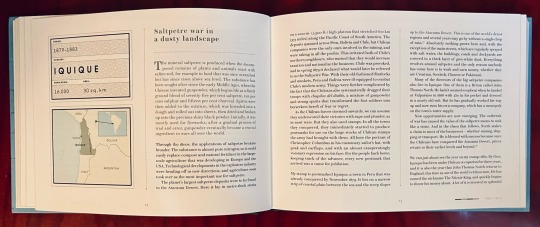
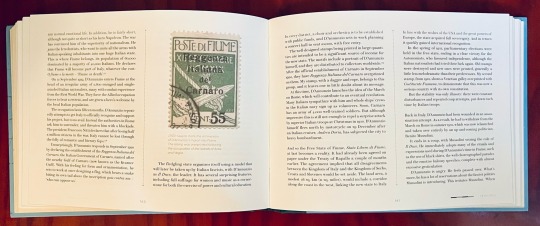

Book 618
Nowherelands: An Atlas of Vanished Countries 1840-1975
Bjørn Berge
Thames & Hudson 2017
As has been already established, I have a thing for maps. I have many more books of maps than I realized when I started this project, so a book about those places that once existed, however briefly, seems right up my alley. And it is, but this book isn’t exactly what I thought it was. There’s a very good book titled Phantom Islands of the Atlantic that’s about those islands from antiquity that cartographers thought existed but really didn’t. This book isn’t that. The thing that unites every location in this book is that, however brief their existences, they got so far as to issue a postage stamp. The creation of a stamp confers not only a legitimacy to a nation, but they’re also little pieces of propaganda, inferring their history and how they wished to be perceived. In this book we are introduced to the countries of Obock, Boyaca, Orange Free State, Iquique, The Carolines, Allenstein, Inini, and many others, and their stories are as varied as the brief lives of the stamps they produced.
#bookshelf#personal collection#personal library#books#library#bibliophile#book lover#illustrated book#booklr#cartography#cultural history#nowherelands#bjorn berge#thames and hudson#history#reference
7 notes
·
View notes
Text



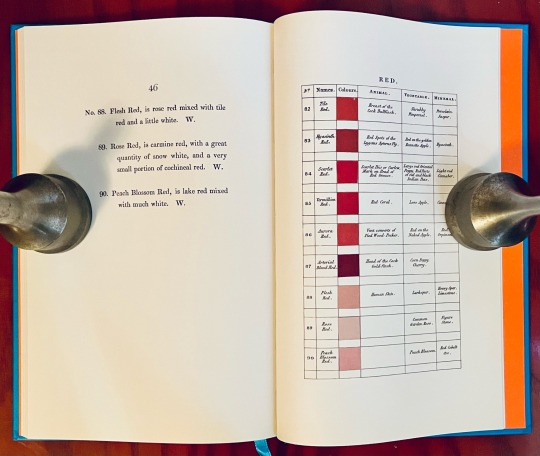
Book 617
Werner’s Nomenclature of Colours: Adapted to Zoology, Botany, Chemistry, Mineralogy, Anatomy, and the Arts
Patrick Syme
The Natural History Museum of Great Britain 2018
First published as Von den äußerlichen Kennzeichen der Foßilien in 1774 by Abraham Gottlob Werner, a famed German geologist, to codify the colors of minerals, the book was eventually translated into English by Thomas Weaver in 1805. In 1814 a second and greatly expanded edition by Patrick Syme, a Scottish painter to the Wernerian and Horticultural Societies of Edinburgh, was published. Now carrying as part of its subtitle “with additions, arranged so as to render it highly useful to the arts and sciences, particularly Zoology, Botany, Chemistry, Mineralogy, and Morbid Anatomy”, the book was so well received that Charles Darwin carried and often consulted a copy while on the HMS Beagle. But while Werner’s Nomenclature is one of the first systemic taxonomies of color ever created, a precursor to Pantone, and historically significant, it is also page after page of meticulously organized, poetically described grids of varying shades of color.
Yes, please.
#bookshelf#personal collection#personal library#books#library#bibliophile#book lover#illustrated book#booklr#natural history#science#color theory#Werner’s Nomenclature of Colours#Patrick syme#natural history museum of Great Britain
2 notes
·
View notes
Text
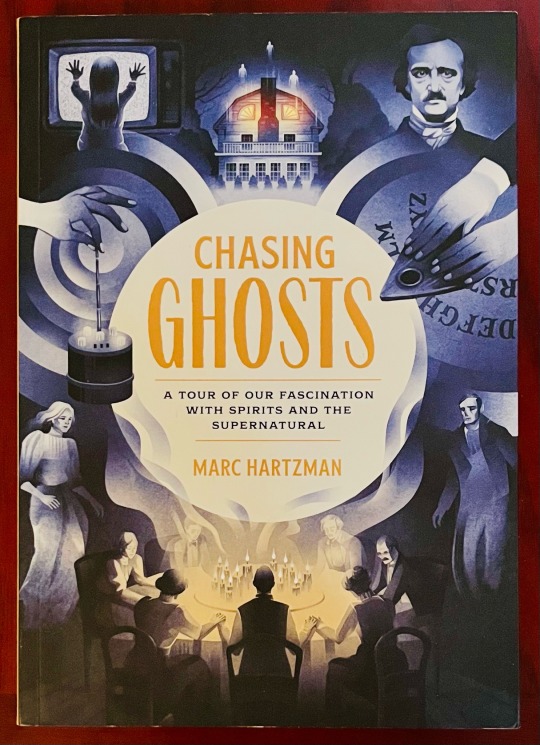



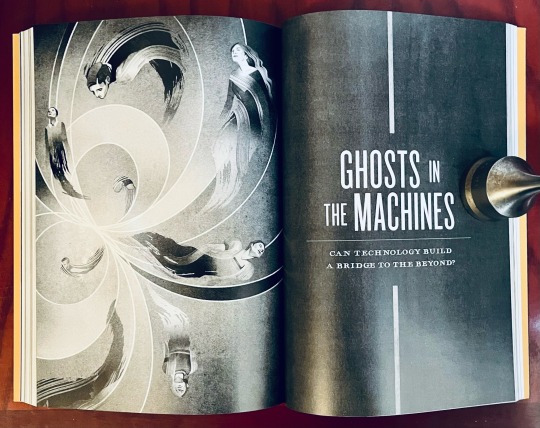
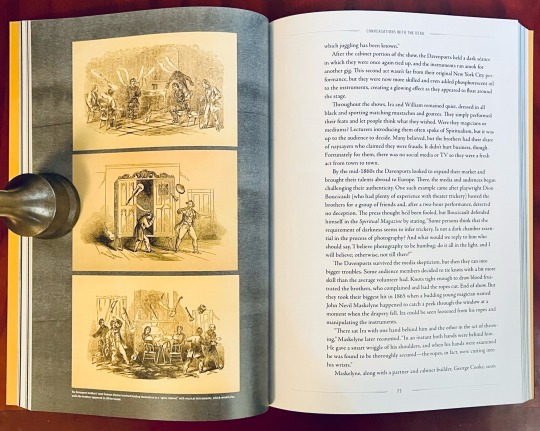
Book 616
Chasing Ghosts: A Tour of Our Fascination with Spirits and the Supernatural
Marc Hartzman
Quirk Books 2021
Despite its title, this book is not about so-called “ghost hunting”. It’s really a brief illustrated history of ghosts and a cultural history of our long fascination with them. As a history, it’s not bad, but it’s definitely for the dilettante. It hits on the main points from antiquity up to the present, but if you’re familiar with the subject already, then there’s likely not much here that you don’t already know. But it does provide a few succinct sidebars about various notable hauntings and places as well as a few quirky episodes throughout history.
#bookshelf#personal collection#personal library#books#library#bibliophile#book lover#illustrated book#booklr#esoterica#cultural history#chasing ghosts#marc hartzman#quirk books
3 notes
·
View notes
Text

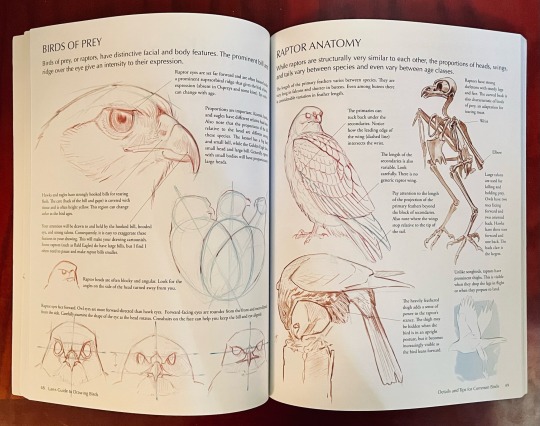
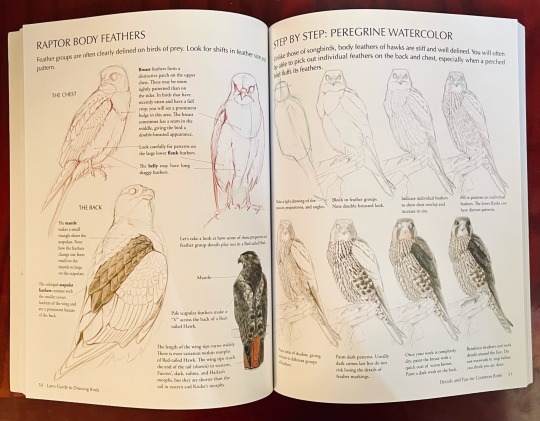


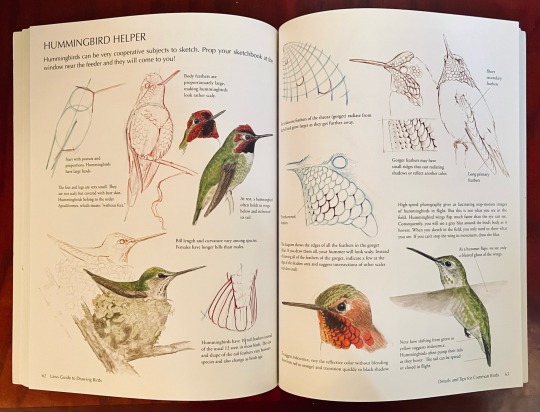
Book 615
The Laws Guide to Drawing Birds
John Muir Laws
Heyday 2012
If you have any interest in drawing birds, for my money, there is no better book than this one. Besides how to draw birds, this book provides a full course on bird anatomy and movement so that one understands the underlying reasons as to why things look the way they do. In addition, I know Jack Laws a little—who, by the way, is completely unrelated to John Muir—and he is a genuinely good guy and spends most of his time teaching and trying to instill an appreciation of nature through art and observation. And that is a mission I can get behind.
#bookshelf#personal collection#personal library#books#library#bibliophile#book lover#illustrated book#booklr#art#the laws guide to drawing birds#john muir laws#nature#heyday#how to
3 notes
·
View notes
Text
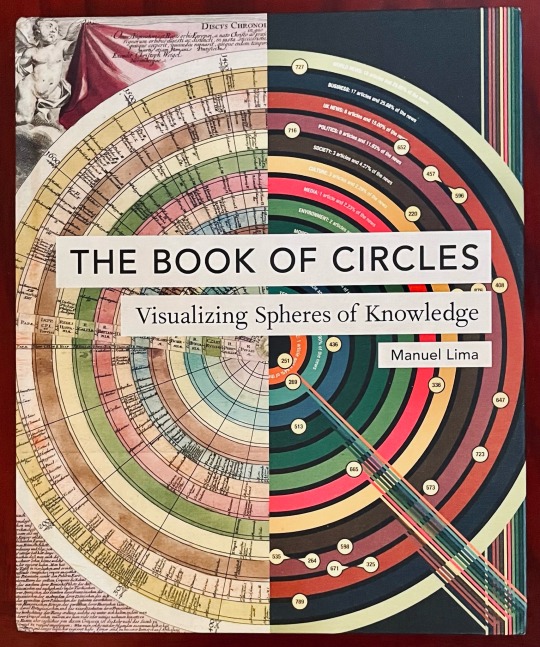
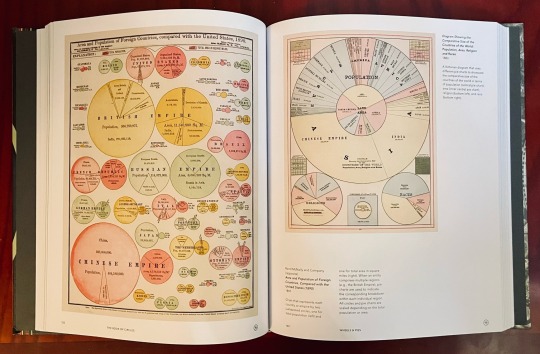


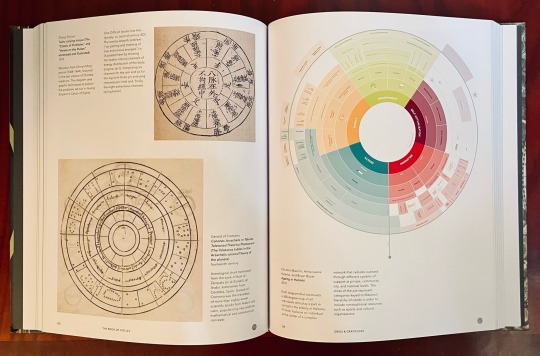

Book 614
The Book of Circles: Visualizing Spheres of Knowledge
Manuel Lima
Princeton Architectural Press 2017
Information—and especially in this modern age surrounded by complex data systems—is tricky. The sheer volume of the information being generated far outweighs our ability to understand it which, when translating data into easy-to-digest visuals, makes it exceptionally easy to manipulate to support any bias one wishes. How then should we best visualize information such that it announces a claim at a glance yet also faithfully represents its truth under scrutiny? I don’t really know, though I’m sure it depends on the data. However, for your consideration, I present the humble circle. Whether organizing Nintendo games, clay Sumerian tokens, celestial charts, or a visual analysis of Stanley Kubrick’s The Shining, while circles may not be the most accurate way to display data, it may very well be the prettiest.
#bookshelf#personal collection#personal library#books#library#bibliophile#book lover#illustrated book#booklr#graphic design#reference#the book of circles#manuel lima#princeton architectural press
5 notes
·
View notes
Text





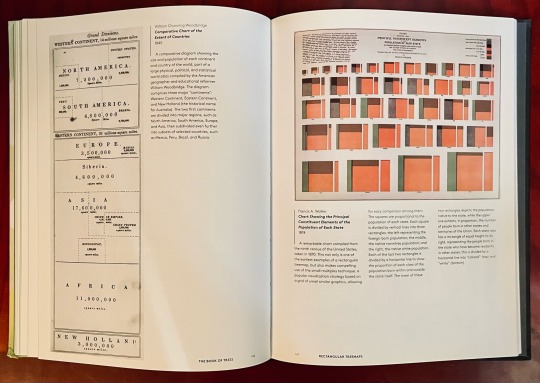
Book 613
The Book of Trees: Visualizing Branches of Knowledge
Manuel Lima
Princeton Architectural Press 2014
So, way back on Book 427, I wrote about Manuel Lima’s book Visual Complexity. Well, I like it so much I decided to get two other books by him. Also, Princeton Architectural Press is one of my favorite publishers, so it didn’t take much convincing. [Side note: Princeton Architectural Press, despite the name, doesn’t publish just books about architecture. Mostly, their books focus on design and visual culture, and they are all really beautifully done.] In ten chapters on different forms of informational trees (figurative, vertical, horizontal, multidirectional, radial, hyperbolic, rectangular, voronoi, circular, sunbursts, and icicle) from Assyrian sacred tree reliefs (c. 865 BC) to 21st century digital trees, this book presents nearly 200 gorgeous examples of branching informational diagrams. Highlights include: medieval classifications of virtues and vices, an organizational chart of the Manhattan Project, and a family tree of the X-Men.
#bookshelf#personal collection#personal library#books#library#bibliophile#book lover#illustrated book#booklr#graphic design#reference#manuel lima#princeton architectural press#the book of trees
4 notes
·
View notes
Text






Book 612
Japanese Yokai and Other Supernatural Beings: Authentic Paintings and Prints of 100 Ghosts, Demons, Monsters and Magicians
Andreas Marks
Tuttle Publishing
Other than PIE International, my two other favorite English-language publishers of Japanese culture are Kodansha and Tuttle. Both publishers make high quality books that are always very well designed and edited. This book is no exception. While this is a compendium of yokai, it is different from any of my other encyclopedias of weird in that this one takes its information almost exclusively from the original source materials. The descriptions, habits, and appearances of the yokai are all taken directly from the rich canon of eighteenth- and nineteenth-century prints, books, and paintings from public and private collections around the world. And as a highlight the book presents two painted handscrolls—A Collection of Monsters and Night Parade of One Hundred Demons—from the collection of the Minneapolis Institute of Art, which are reproduced in this book for the first time.
#bookshelf#personal collection#personal library#books#library#bibliophile#book lover#illustrated book#booklr#japanese art#esoterica#reference#Japanese yokai and other supernatural beings#Andreas marks#tuttle
8 notes
·
View notes
Text






Book 611
HELL in Japanese Art
Kajitani Ryoji / trans. by Michael Jamentz / art director Takaoka Kazuya
PIE International 2017
In the East, Hell is similar to but, at the same time, quite different from the Western concept. In the Divine Comedy, Dante’s version of Inferno, rooted firmly within the Christian value system, is divided into nine circles each reserved for certain sins—the lower the circle the more intense the punishment. Roughly 300 years before Dante, Genshin (942-1017), a Japanese monk, wrote The Essentials of Rebirth, in which he elaborates upon the Buddhist notion of Hell. According to Genshin, Hell is also located beneath us (but not specifically under Jerusalem, but more generally) and divided into eight strata. As in Inferno, the lower one goes, the worse the punishment. One of the most significant differences between the Buddhist and Christian conceptions of Hell is that in the Buddhist tradition one can be relegated to Hell due to the sins of one’s past lives, not merely one’s current life.
If this gorgeous book illustrates anything it’s that the Japanese Buddhist vision of Hell is, if anything, an even more terrifying and tortuous a place than even Dante. As enormously disturbing, graphic, horrifying, and bleak as the art in this book can be, it is also perversely beautiful.
#bookshelf#personal collection#personal library#books#library#bibliophile#book lover#illustrated book#booklr#graphic design
28 notes
·
View notes
Text





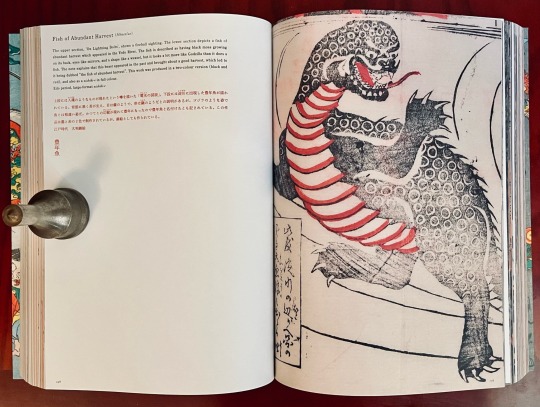
Book 610
Yokai
Koichi Yumoto / trans. by Sharni Wilson / art direction by Nobukazu Ito
PIE International 2021
I’ve written about PIE International before, but I’m a fan. They concentrate on books about fringe-y Japanese culture, which would be enough, but what I also really like about their books is the design sensibility. This book is a great example of what I’m talking about. It is a large jacketed paperback that measures 12” x 8.25”, packed with beautifully printed traditional art, and light on text. Despite the antique source material, it is given a very modern treatment that may seem incongruous. Now, I get that a lot of people may not appreciate this kind of layout—the images are generally full-bleed, often cropped, and sometimes placed in an idiosyncratic way. And I totally get objections to this kind of treatment, especially given the subject matter. But here’s the thing: there is a real person behind this, with a real point of view, making real decisions about the design. You can feel it.
So, even if I may disagree with some of the decisions, I can still admire the amount of personality that went into it.
#bookshelf#personal collection#personal library#books#library#bibliophile#book lover#illustrated book#booklr#graphic design
3 notes
·
View notes
Text
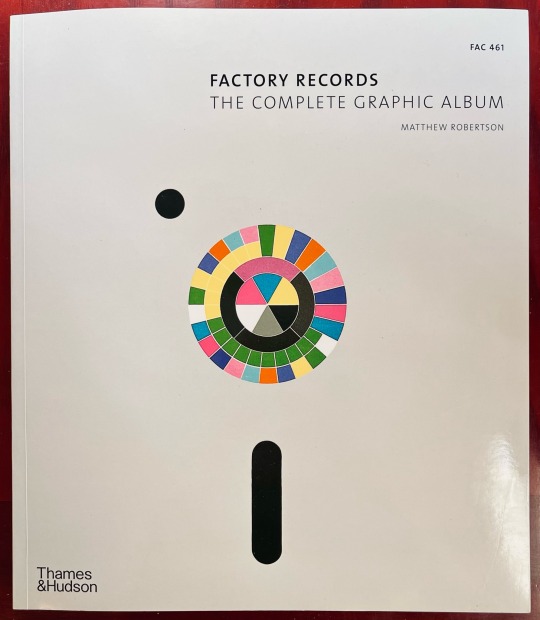

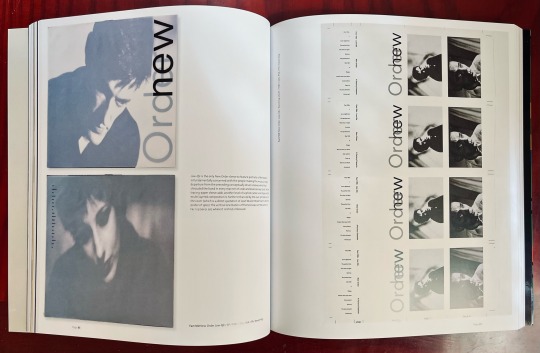

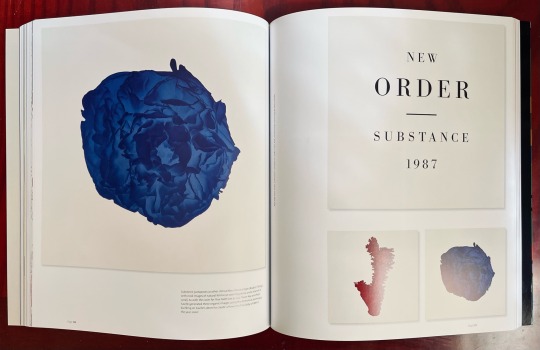

Book 609
Factory Records: The Complete Graphic Album
Matthew Robertson
Thames & Hudson 2006
So I have started on the new arrivals to the collection. Obviously this is not a new book, but I always wanted one and was finally gifted a copy. And now I finally have books on the work of my three favorite record label designers—Reid Miles, Vaughan Oliver, and Peter Saville. Although, strictly speaking, this is not really a book about Peter Saville or Central Station Design—it’s a compete graphic inventory of every item in the Factory catalog. The thing about Factory’s cataloguing system is that it was nearly absolute, with almost no regard to whatever the item happened to be. So, while FACT. 50 is New Order’s lp Movement, Fac 51 is The Haçienda, Factory’s nightclub. Fac 215 and 216 designate the Haçienda’s house wine bottle. Fac 7 is branded notepaper. Fac 99 is a bill for dentistry. This book—filled with the label’s treasures, a key to designers, and a reference guide to every item in the catalog—is a gorgeous compendium of a big beautiful cultural moment that was very likely doomed from the start.
#bookshelf#personal collection#personal library#books#library#bibliophile#book lover#illustrated book#booklr#graphic design#music#factory records#Matthew robertson#thames and hudson
2 notes
·
View notes
Text




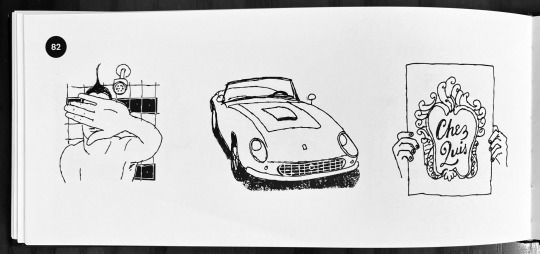
Book 608
Name That Movie: 100 Illustrated Movie Puzzles
Paul Rogers
Chronicle Books 2012
I recently found this book. I put it in a box or something and just ran into it again. Which is good, but it doesn’t really have a home in my collection. So, I’m posting it now so I can shelve it. I really like it though. Ostensibly it’s kind of a game, I guess. You look at the little drawings (six per title) and try to guess the movie. But it’s not really all that fun a game. At least not more than once.
I like it because Paul Rogers, an illustrator and graphic designer, has a great sort of mid-century pen-and-ink style and a very good eye for memorable cinematic moments. The other thing I really like about it is that it asks, albeit in a very roundabout way, what is it that I really remember about the movies I love? Is it particular scenes or characters? Stories and dialogue? Sometimes (and I think this book points this out), it comes down to mere brief moments that cling in the mind.
So, here are the first halves of four puzzles for four great movies.
#bookshelf#personal collection#personal library#books#library#bibliophile#book lover#illustrated book#booklr#graphic design#illustration#film#name that movie#Paul rogers#chronicle books
0 notes
Text

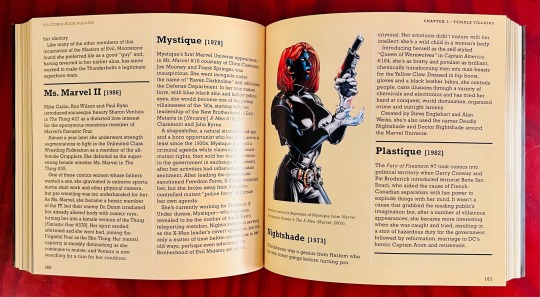

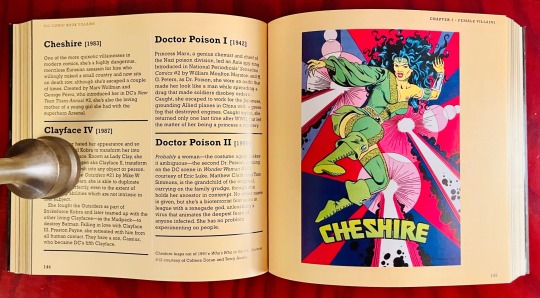
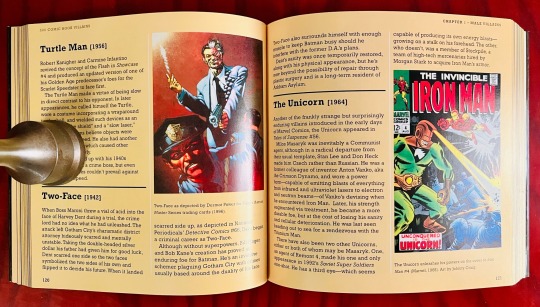
Book 607
500 Comic Book Villains
Mike Conroy
Barron’s Educational Series 2004
Obviously, this is a sequel to the last book and much the same, but this one is an American edition (note the difference in the spelling of “comic book”), published two years later by, of all companies, Barron’s—a division of Kaplan’s, the company that specializes in test-prep guides. Barron’s buying the rights to publish this book in the US is a little odd. Maybe this was one of a line of books intended for college students placed in campus bookstores? Could be. Not the worst idea, actually.
Pretty much the same as the last book but bad guys, which makes it even cooler. I have a soft spot for Madame Masque.
#bookshelf#personal collection#personal library#books#library#bibliophile#book lover#illustrated book#booklr#comics#graphic novels#reference#500 comic book villains#mike conroy#Barron’s educational
0 notes
Text

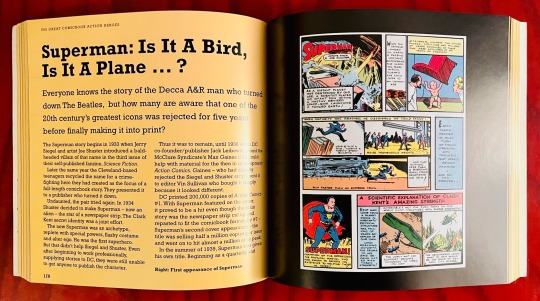



Book 606
500 Great Comicbook Action Heroes
Mike Conroy
Chrysalis Impact 2002
A big list disguised as a book. Great! Now, I’m pretty well versed in the Marvel U, but not so much anything else. So, what I like about this book is that, yes, it is a big list, but there are so many sidebars, profiles, and features that it sort of feels more like a collection of short articles on comics and heroes. For example, there’s a short piece about Conan and other barbarian heroes; then a brief history of the Black Panther; Kirby’s New Gods; Diabolik, the first Comic anti-hero; horror comics; female versions of male heroes; et al.
The other cool thing about this book is that it’s an import from the UK, so it’s wide-ranging and not just concerned with heroes of the big two. You have Akira and other manga heroes, British heroes, pre-war characters, underground comix characters, indie comic heroes, and chapters on teams, newspaper heroes, war heroes, western and sci-fi heroes. Just open to any page and start reading.
#bookshelf#personal collection#personal library#books#library#bibliophile#book lover#illustrated book#booklr#comics#graphic novels#reference#500 great comicbook action heroes#Mike conroy#chrysalis books
0 notes
Text

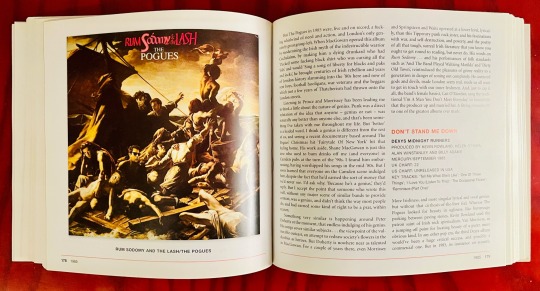

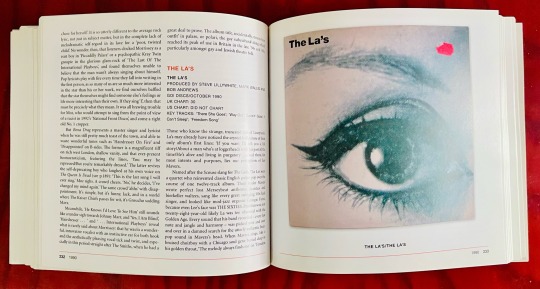
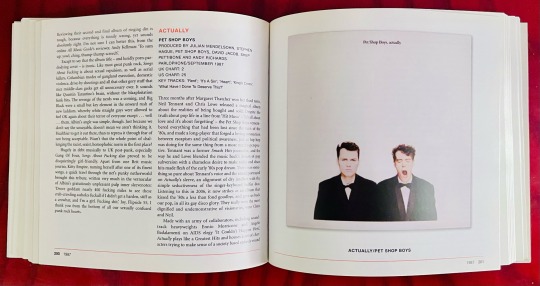
Book 605
Fear of Music: The 261 Greatest Albums Since Punk and Disco
Garry Mulholland
Orion Books 2007
So, what I like about both this book and the last one is that they are organized chronologically by year. They start in 1976 and go through 2002-3. For this book, that averages to a little less than 10 entries per year, but 1976 only has three albums, while 1977 has a whopping 18 (e.g. Low, Marquee Moon, The Idiot, The Clash, Lust For Life, Talking Heads ‘77, “Heroes”, Never Mind the Bullocks…, et al.). So, ‘77 was a very good year. So was ‘79 (B-52’s, Unknown Pleasures, The Specials, London Calling, etc.). Personally, things really start picking up in ‘84 (The Smiths, Purple Rain, Hatful of Hollow, Rattlesnakes) and ‘85 (Low-Life, Rum, Sodomy & the Lash, Hounds of Love, Rain Dogs). Then there were some particularly strong years in the mid-90’s: ‘94 (Let Love In, Grace, Dummy, Protection, Crazysexycool) and ‘95 (To Bring You My Love, Maxinquaye, The Bends, Me Against the World, Post, etc.). After 2003, I recall ‘08 being a very good year for music.
When I started writing this, I was hoping a point would sort of just…develop. But it seems not.
#bookshelf#personal collection#personal library#books#library#bibliophile#book lover#illustrated book#booklr
0 notes
Text


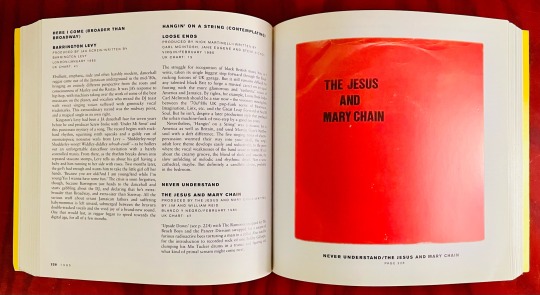
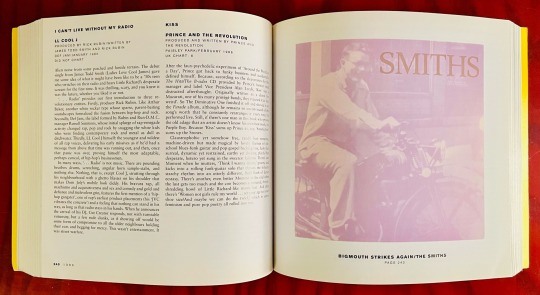
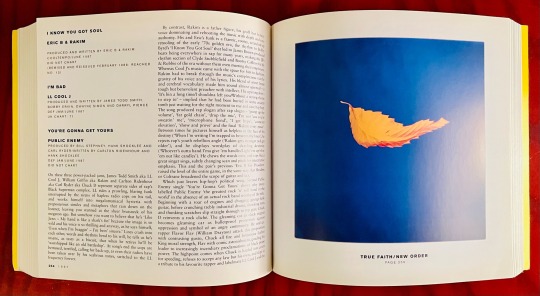
Book 604
This is Uncool: The 500 Greatest Singles Since Punk and Disco
Garry Mulholland
Cassell Illustrated 2003
I love a good list. They’re interesting and strangely comforting for some reason, even if—like this book—totally subjective. I live and breathe pop music, so this is right in my wheelhouse. I’m a sports fan, too, but here’s where my sports-fandom ends. Sport fans love arguing about sports, comparing teams and players from different eras, which I find to be a complete bore and totally pointless. (Largely because there’s no clearly defined definition of “best”.) Of course I have my opinions, but I’m completely uninterested in either promoting or defending any of them. Same goes for music. Tons of opinions. At this very moment Prince is telling me what it sounds like when doves cry. Now, is that a better track than, say, Cocteau Twins’ “Pearly Dewdrops’ Drops”, which was released a mere two months earlier? Maybe. I don’t know. It’s totally subjective. I remember where I was when I heard these songs, what was happening, who I was with, and what was going on in my life. And all that matters. It all colors every opinion.
So, a book like this is, for me, less a conversation starter than a meditation on my own past. Maybe that’s where the comfort comes from.
#bookshelf#personal collection#personal library#books#library#bibliophile#book lover#illustrated book#booklr
1 note
·
View note
Text




Book 603
Platonic and Archimedean Solids
Daud Sutton
Wooden Books / Walker & Company 2002
The Platonic solids: tetrahedron, cube, octahedron, dodecahedron, and icosahedron. I would list the 13 Archimedean solids, but they have really long, hard-to-spell names. Except for the snub cube, which sounds a lot cuter than it actually is.
#bookshelf#personal collection#personal library#books#library#bibliophile#book lover#illustrated book#booklr#mathematics#esoterica#platonic and archimedean solids#daud sutton#wooden books
4 notes
·
View notes